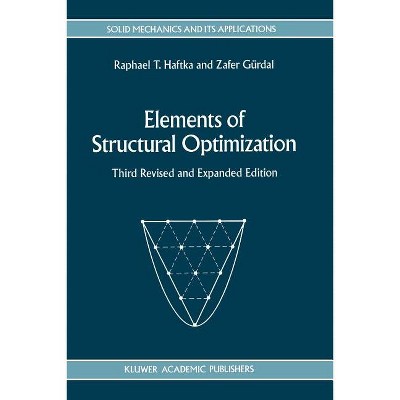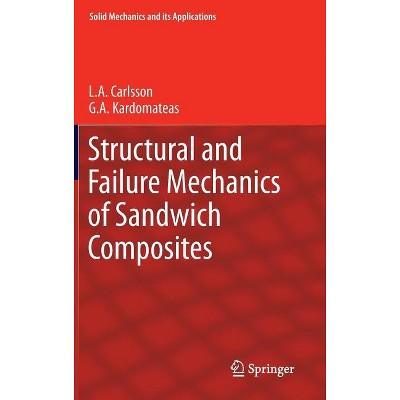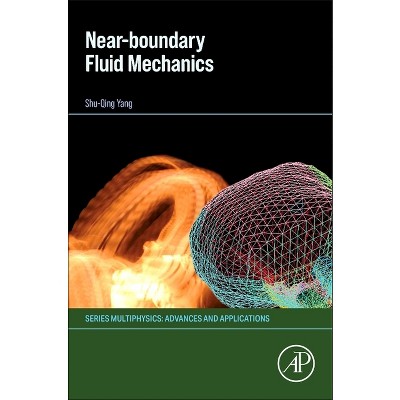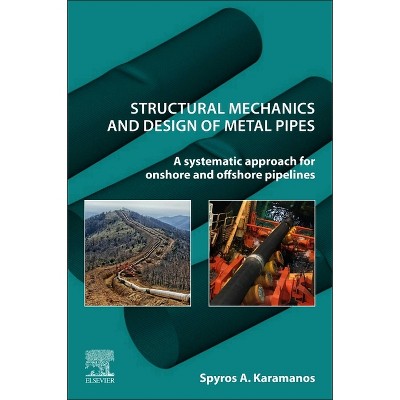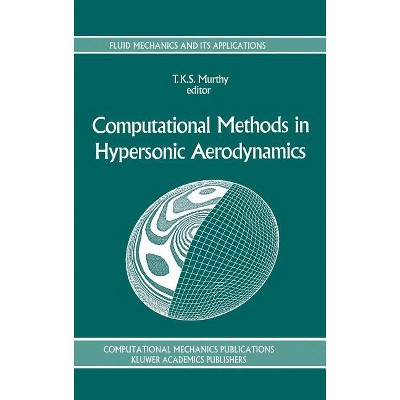An Introduction to Structural Optimization - (Solid Mechanics and Its Applications) by Peter W Christensen & A Klarbring (Hardcover)

About this item
Highlights
- This book has grown out of lectures and courses given at Linköping University, Sweden, over a period of 15 years.
- Author(s): Peter W Christensen & A Klarbring
- 214 Pages
- Technology, Mechanical
- Series Name: Solid Mechanics and Its Applications
Description
About the Book
This textbook gives an introduction to all three classes of geometry optimization problems of mechanical structures: sizing, shape and topology optimization. The style is explicit and concrete, focusing on problem formulations and numerical solution methods.
Book Synopsis
This book has grown out of lectures and courses given at Linköping University, Sweden, over a period of 15 years. It gives an introductory treatment of problems and methods of structural optimization. The three basic classes of geometrical - timization problems of mechanical structures, i. e., size, shape and topology op- mization, are treated. The focus is on concrete numerical solution methods for d- crete and (?nite element) discretized linear elastic structures. The style is explicit and practical: mathematical proofs are provided when arguments can be kept e- mentary but are otherwise only cited, while implementation details are frequently provided. Moreover, since the text has an emphasis on geometrical design problems, where the design is represented by continuously varying--frequently very many-- variables, so-called ?rst order methods are central to the treatment. These methods are based on sensitivity analysis, i. e., on establishing ?rst order derivatives for - jectives and constraints. The classical ?rst order methods that we emphasize are CONLIN and MMA, which are based on explicit, convex and separable appro- mations. It should be remarked that the classical and frequently used so-called op- mality criteria method is also of this kind. It may also be noted in this context that zero order methods such as response surface methods, surrogate models, neural n- works, genetic algorithms, etc., essentially apply to different types of problems than the ones treated here and should be presented elsewhere.From the Back Cover
Mechanical and structural engineers have always strived to make as efficient use of material as possible, e.g. by making structures as light as possible yet able to carry the loads subjected to them. In the past, the search for more efficient structures was a trial-and-error process. However, in the last two decades computational tools based on optimization theory have been developed that make it possible to find optimal structures more or less automatically. Due to the high cost savings and performance gains that may be achieved, such tools are finding increasing industrial use.
This textbook gives an introduction to all three classes of geometry optimization problems of mechanical structures: sizing, shape and topology optimization. The style is explicit and concrete, focusing on problem formulations and numerical solution methods. The treatment is detailed enough to enable readers to write their own implementations. On the book's homepage, programs may be downloaded that further facilitate the learning of the material covered.
The mathematical prerequisites are kept to a bare minimum, making the book suitable for undergraduate, or beginning graduate, students of mechanical or structural engineering. Practicing engineers working with structural optimization software would also benefit from reading this book.
Review Quotes
From the reviews:
"This book represents a good introduction to structural optimization. It covers the main methods used for the optimization of discrete and distributed parametric systems. ... Due to numerous practical examples, this book can be strongly recommended to young specialists and students in mechanical engineering." (Sergiu T. Chiriacescu, Zentralblatt MATH, Vol. 1180, 2010)Shipping details
Return details
Trending Non-Fiction






